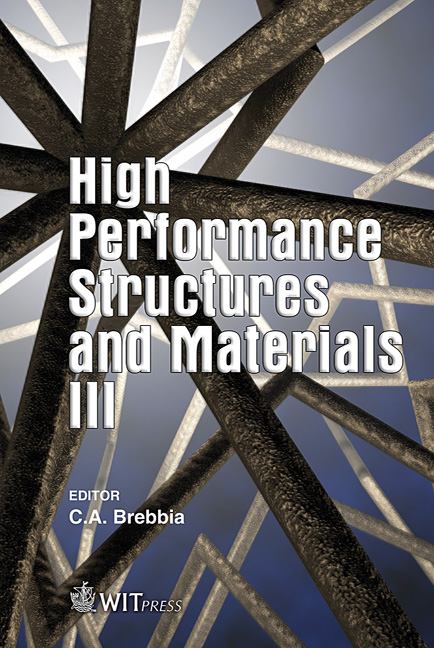Identification Of Strain-rate Sensitivity Parameters Of Steel Sheet By Genetic Algorithm Optimisation
Price
Free (open access)
Transaction
Volume
85
Pages
10
Published
2006
Size
602 kb
Paper DOI
10.2495/HPSM060211
Copyright
WIT Press
Author(s)
G. Belingardi, G. Chiandussi & A. Ibba
Abstract
The influence of the loading speed on mechanical response of structural materials can be accounted by means of strain-rate sensitivity parameters. The aim of the present work is to show a numerical technique based on an inverse approach to determine strain-rate sensitivity parameters of steels for car body constructions. This technique is based on the numerical simulation of a simple test according to the ASTM D5420/96 standard by means of a finite element explicit code. The test consists of a falling tup with a spherical head impacting on a thin sheet. Some experimental tests are conducted at different speeds, from quasi-static to impact loading conditions, on a specimen made of XE280P steel. A series of simulations are performed, changing the strain-rate sensitivity parameters in each run according to a genetic algorithm strategy. The strain-rate parameters that lead to the best fit of the experimental load-displacement curve with the numerical result are the assumed material characteristic parameters. The Cowper-Symonds and Johnson-Cook strain rate models have been taken into consideration. Keywords: strain-rate sensitivity, optimisation, genetic algorithm, finite element analysis. 1 Introduction Since the second half of the past century, research in the automotive industry focused on safety improvement. Increasing customer interest about passive safety and the ever stricter regulations, both in the US and EU, pushed towards more reliable vehicle structure design and a deeper insight into material behaviour. The finite element method applied to crash simulations with explicit
Keywords
strain-rate sensitivity, optimisation, genetic algorithm, finite element analysis.





